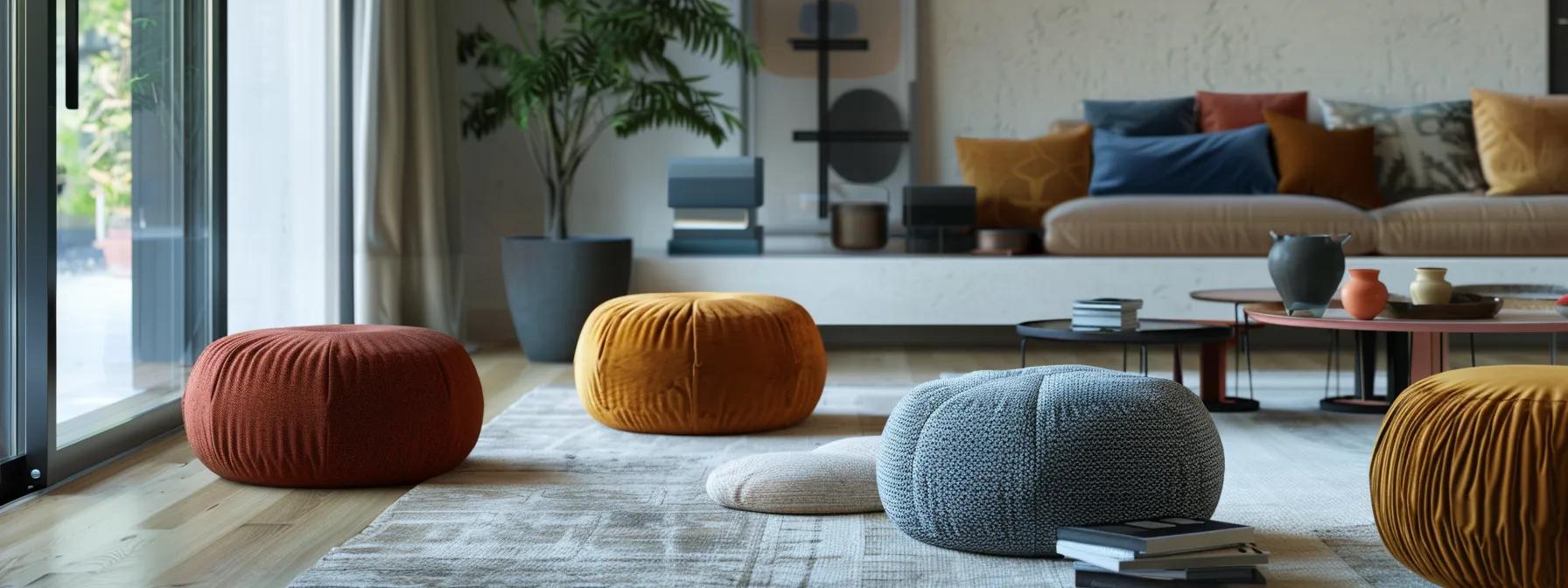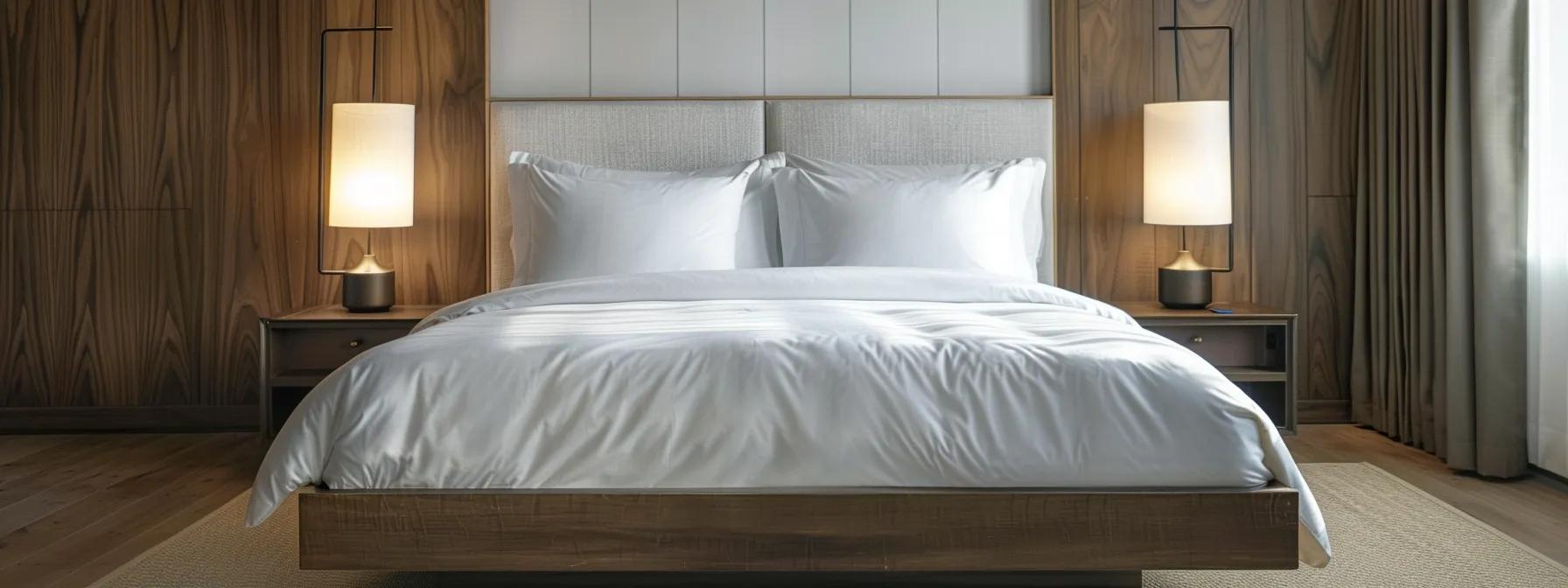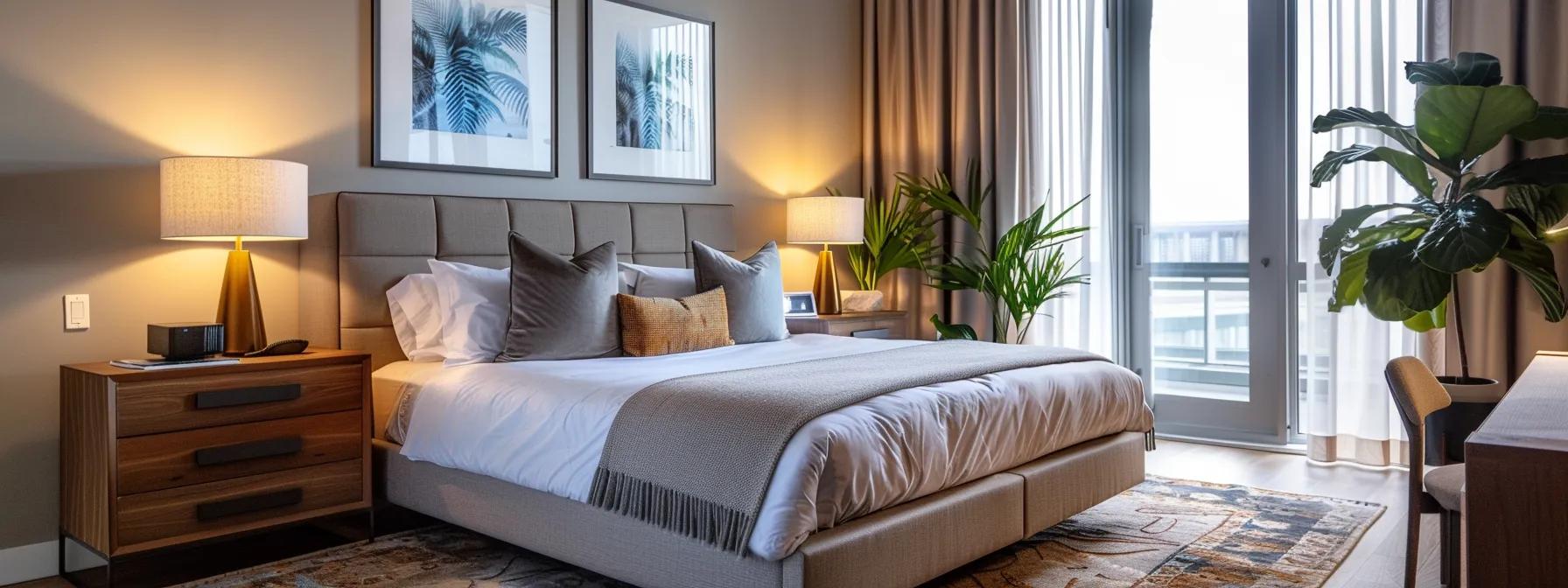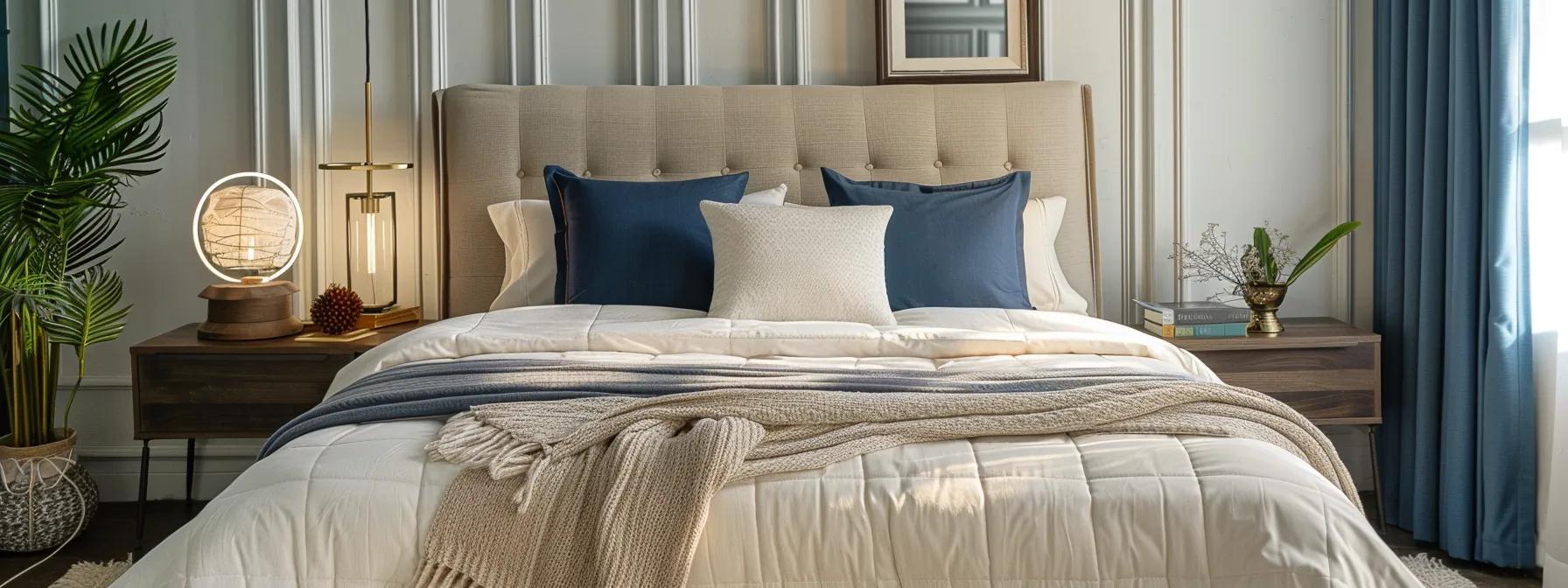
The Complete Guide to Queen Size Bed Dimensions
This guide explains queen size bed dimensions in detail to help you choose the perfect bed. It covers standard measurements, variations, comparisons with other sizes, room layout, selection considerations, and accessorizing tips. Understanding these dimensions can enhance your bedroom’s comfort, style, and functionality. Let’s explore the details to help you make an informed decision.
Defining Standard Queen Bed Size Measurements
Understanding a queen bed’s dimensions is essential. This section covers typical measurements including length, width, height, and overall surface area.
Typical Length of a Queen Size Mattress
A queen mattress typically measures around 80 inches in length. This length is designed to comfortably accommodate most adults, including taller individuals, providing ample space for movement. Manufacturers maintain this standard to balance comfort with room layout.
Standard Width of Queen Bed Mattresses
A queen bed has a standard width of about 60 inches. This measurement offers enough space for couples or single sleepers who desire extra room, ensuring that bedding and accessories remain universally compatible.
Common Height and Thickness of Queen Mattresses
Most queen mattresses range in height from 8 to 14 inches. Depending on the material—memory foam, innerspring, etc.—a thicker mattress may offer enhanced support, while a thinner design is ideal for a modern, minimal look. The choice reflects a balance between comfort and room aesthetics.
How Queen Bed Frame Size Impacts Overall Dimensions
The bed frame expands the overall footprint beyond the mattress dimensions. Frames add extra inches in width and length, so it is important to measure both the mattress and frame to ensure the room can comfortably accommodate the entire setup. Decorative frames or headboards may affect the spatial balance.
Total Surface Area of a Queen Size Bed
Multiplying the standard length (80 inches) by the width (60 inches) gives a total surface area of 4,800 square inches. This calculation is useful when planning room layouts or pairing your bed with complementary furniture.
Exploring Variations in Queen Bed Dimensions

Queen beds come in several variations that differ slightly from the standard dimensions. This section explains these differences and their impact on your decision.
Understanding California Queen Bed Size
California queen beds are slightly longer and narrower than the standard queen, usually measuring about 84 inches in length and 60 inches in width. The extra length makes them ideal for taller individuals, offering additional legroom without reducing the width.
Details of Olympic Queen Bed Size
Olympic queens, though less common, generally provide a bit more depth or wider surface area than a standard queen. They cater to those looking for extra sleeping space and a touch of luxury, particularly in larger rooms where a more expansive bed is welcome.
Characteristics of RV Queen or Short Queen Size
RV queen or short queen mattresses are designed for tighter spaces like apartments or recreational vehicles. They generally maintain a 60-inch length by 80-inch width but are often trimmed in height to adapt to limited ceiling clearance while still providing quality sleep.
Split Queen Bed Size and Its Practical Uses
A split queen consists of two twin XL mattresses placed side by side to form one queen surface, each measuring roughly 38 inches wide by 80 inches long. This design allows couples with different firmness preferences or those using motorized bed bases to customize each side individually.
Comparing US Queen Size With International Queen Dimensions
While the US standard queen measures 60 by 80 inches, some international queen beds may differ slightly—for example, some may be 63 inches wide. It is important to confirm the specific dimensions when purchasing bedding and accessories internationally to ensure consistent comfort and style.
Queen Bed Size Compared to Other Mattress Sizes
This section compares queen beds with other common mattress sizes to help you decide which best meets your needs.
Queen Size Versus Full Size Bed Measurements
A full bed, measuring around 54 inches wide by 75 inches long, is smaller than a queen bed. The extra 6 inches in width and 5 inches in length in a queen bed can make a noticeable difference in comfort for couples or those who prefer extra space.
How Queen Bed Size Differs From King Size Dimensions
King beds are larger, typically measuring around 76 by 80 inches. While a king bed offers more space, a queen provides a balance between spaciousness and room adaptability, making it a preferred choice for medium-size bedrooms.
Assessing Twin and Twin XL Bed Sizes Against Queen Dimensions
Twin beds (usually 38 by 75 inches) and Twin XL (38 by 80 inches) are much smaller than a queen. A queen bed better serves couples or provides a consolidated sleeping area in guest rooms without sacrificing too much space.
When a Queen Size Bed Is a Better Fit Than Other Sizes
A queen bed offers an optimal balance of space and practicality. It is ideal for couples who do not necessarily need the vast space of a king, and it fits well in medium-sized bedrooms while leaving room for other furniture.
Contrasting Queen With California King Bed Size
California king beds are longer and narrower (around 72 by 84 inches) than queen beds. While the extra length benefits tall individuals, the reduced width may be less comfortable for couples compared to the balanced proportions of a standard queen.
Ideal Room Size and Layout for a Queen Bed

Room dimensions and layout play a key role in integrating a queen bed into your space. This section provides guidance on how to achieve a harmonious setup.
Minimum Room Dimensions to Accommodate a Queen Bed
A room of roughly 10 by 10 feet is the minimum required to house a queen bed comfortably. This space allows for essential walking paths and minimal clearance around the bed.
Recommended Room Size for Comfortable Queen Bed Placement
For optimum comfort and to include additional furniture like nightstands or dressers, a room of around 12 by 12 feet or larger is recommended. A well-proportioned room enhances both functionality and ambiance.
Arranging Furniture Effectively With a Queen Bed Size
Place the bed against the longest wall or center it to create a focal point. Ensure there is at least 2 feet of clearance on each side to facilitate easy movement and maintain a harmonious design.
Ensuring Adequate Clearance Around a Queen Size Bed
Maintain a clearance of 2 to 3 feet around the bed to allow for easy access to nightstands and to prevent the room from feeling cluttered. This space is important for both function and relaxation.
Visualizing Queen Bed Size in Various Room Configurations
Utilize floor plans or sketch layouts to see how a queen bed will fit within your room. This helps ensure that the bed maintains proportionality with other furnishings and adapts well to different room shapes.
Key Considerations for Selecting Your Queen Bed Size
Choosing the right queen bed goes beyond measurements. Consider the following factors to ensure the bed fits your lifestyle and space.
Matching Bed Size to Individual Sleep Habits and Needs
Your sleep habits and body dimensions are critical in selecting the right bed. A queen bed provides ample space for various sleep positions and movement during the night, offering flexibility and comfort for different users.
Evaluating Bed Size for Couples and Co-Sleepers
Couples appreciate a queen bed for its balance between space and cost. It offers enough room for two people without taking up excessive space. The design also works well when children or pets join the sleeping arrangement.
Thinking About Future Needs and Queen Bed Size Suitability
A queen bed is a versatile investment capable of adapting to changing family structures or evolving design preferences. Its timeless dimensions ensure long-term satisfaction without the need for frequent changes or upgrades.
Body Size and Height in Relation to Queen Dimensions
Taller individuals might consider alternatives like a California queen, though most average heights find a standard queen sufficiently spacious. Always consider your body metrics relative to the bed’s dimensions for a comfortable sleep experience.
Factoring in Pets or Children Sharing the Bed Size
The extra space in a queen bed helps reduce disturbances when sharing the bed with pets or children. This added room promotes better sleep by allowing everyone to maintain their personal space.
Accessorizing Your Queen Bed According to Its Size

Proper accessories enhance both the functionality and look of your queen bed. Here are tips on how to select complementary items.
Selecting Correct Bedding and Sheet Size for Queen Mattresses
Use bedding designed to fit dimensions of 60 by 80 inches. Choosing well-fitted sheets, top sheets, and duvet covers ensures comfort and helps maintain the aesthetic appeal of your bedroom.
Headboard and Footboard Size Compatibility With Queen Beds
Select a headboard or footboard that is slightly larger than the mattress for a balanced look. These pieces not only add style but also support your bedding and overall design theme.
Choosing Appropriate Rug Size to Complement a Queen Bed
Choose a rug that extends at least 2-3 feet beyond the bed. This provides a soft landing for your feet and ties the room together, enhancing the bed’s visual impact.
Nightstand Size and Placement Considerations for Queen Beds
Select nightstands that are proportional to your queen bed—typically around 20 to 24 inches wide. Placing one on each side helps create a balanced and functional layout.
Pillow Sizes Suited for Queen Bed Dimensions
Mix different pillow sizes—standard, accent, or euro—to create visual depth and improve comfort. A thoughtful pillow arrangement can greatly enhance both the style and practicality of your bedding ensemble.
Frequently Asked Questions
Q: What are the standard dimensions of a queen bed? A: A standard queen bed typically measures 60 inches wide by 80 inches long, ensuring compatibility with most bedding.
Q: How does a California queen differ from a standard queen bed? A: A California queen is usually around 84 inches long while maintaining a similar width, making it ideal for taller sleepers.
Q: Can I use a queen bed in a small room? A: Yes, a queen bed works in smaller rooms if you maintain proper clearance (at least 2 feet around the bed). Thoughtful furniture placement is key.
Q: What type of bedding should I choose for a queen mattress? A: Choose bedding specifically designed for queen dimensions (60×80 inches) to ensure a proper fit and comfort.
Q: Are split queen beds a good option for couples? A: Yes, split queen beds allow for individual customization with adjustable firmness, making them ideal for couples with different sleep preferences.
